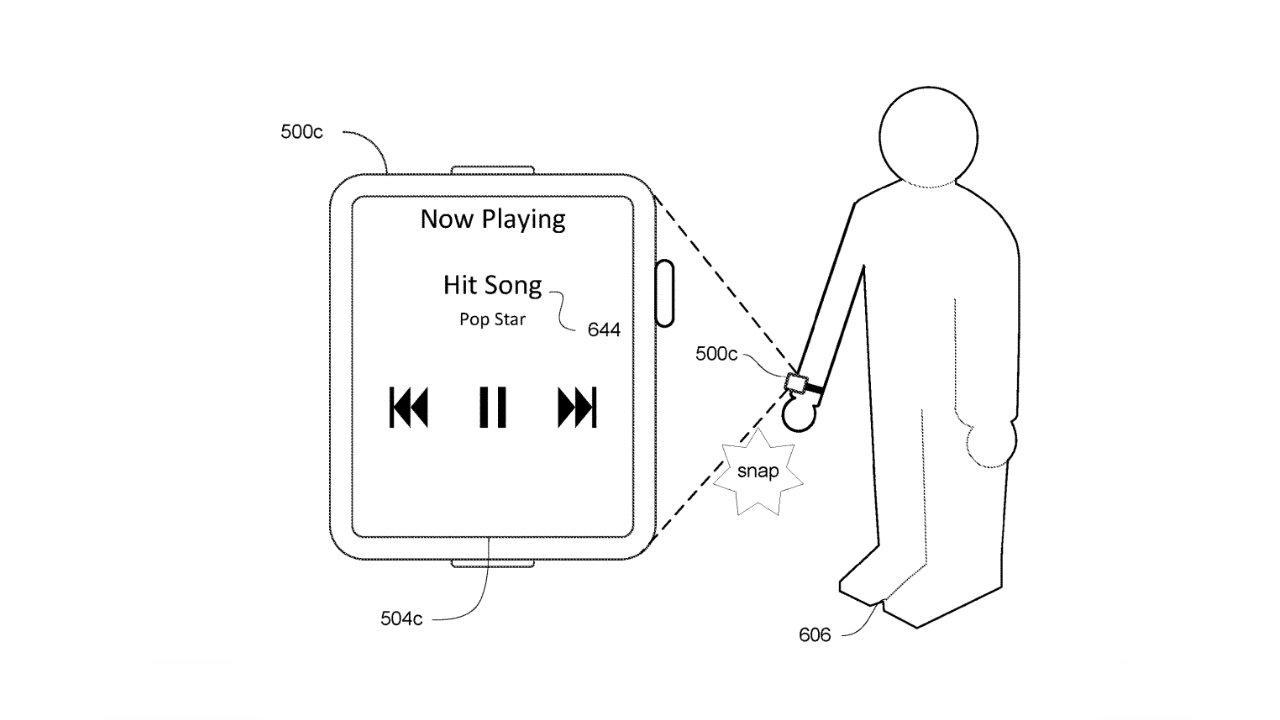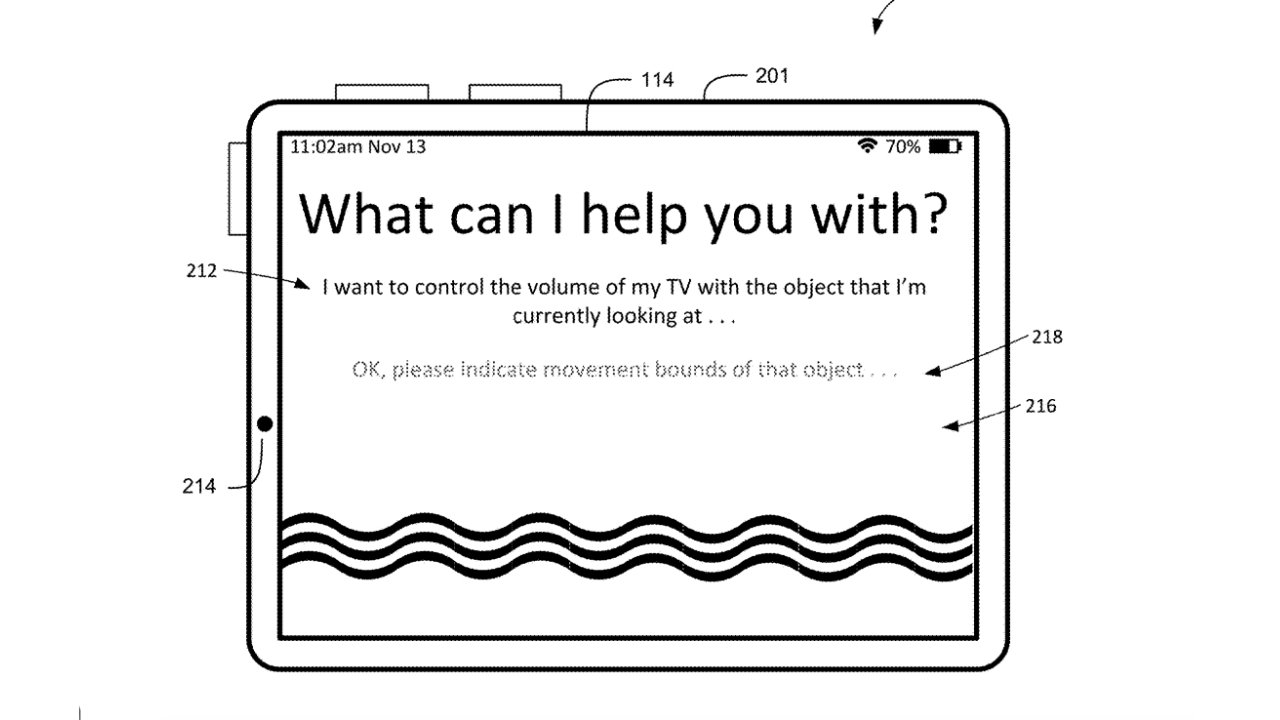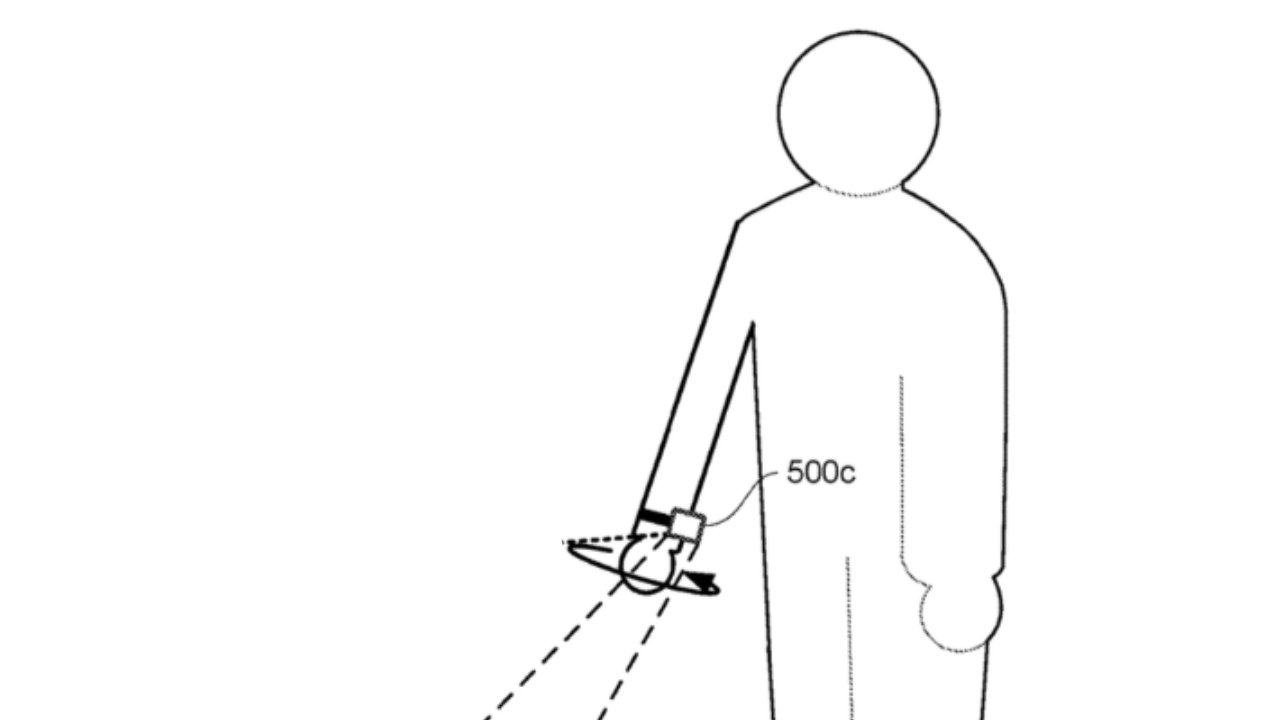
Apple's vision for TV means never having to search for a remote, because anything will do
It sounds like a joke, but in the future, if you want to turn the volume up on your Apple TV 4K set, you could wave a hand, a baseball bat, or any object lying around you to get the job done.
Before its current version, it used to be said that anything was better than the Siri Remote. Apple has taken this to heart and in a newly-revealed patent application, aims to let you use anything.
Anything at all.
Quite literally, you could tell your TV set that a baseball bat in your hand is a remote control for the volume. Apple does have more uses, some of which resemble the gestures used by Apple Vision Pro, and it does have a separate, more familiar kind of patent application to do with controlling devices.
But “Devices And Methods For Controlling Electronic Devices Or Systems With Physical Objects” specifically details waving any object in order to control a TV set. It also makes sure to stress that this object need not be some kind of regular remote control.
“The physical object that the user is requesting to use to control an electronic device,” says Apple, “optionally does not include electronic circuitry and/or communication circuitry with which to communicate with the electronic device… (e.g., television.)”
“In some examples,” continues Apple, “the input received by the electronic device… for controlling a respective electronic device with a physical object includes a predetermined gesture/movement input… voice input, and/or gaze input.”
Some of this starts to sound like Vision Pro, as it describes “the electronic device is also detecting that the attention of the user is currently directed to Object A.” But the primary example used repeatedly in the patent application is that of a TV set.
There is a distinction between objects that an Apple TV 4K would recognize as a remote, and objects that the user has to specify are. That distinction is not clear, though, and may simply mean that users have to train their TV to use any object, except a regular remote control.
More familiar gestures
If Apple’s first patent application ultimately means you can’t throw things at the TV set when the voting goes the wrong way on “American Idol,” there is a second patent application. It’s a much more sensible one called “System And Method Of Controlling Devices Using Motion Gestures.”
It’s based on the same principle, which Apple describes as being “need for electronic devices that provide efficient methods for controlling devices (e.g., the same device or other devices.”
“Such techniques can reduce the cognitive burden on a user who uses such devices,” continues Apple. “Further, such techniques can reduce processor and battery power otherwise wasted on redundant user inputs.”
Across sixty pages of diagrams and example illustrations, Apple shows off physical gestures that could realistically control something like Apple Music playback.
So there’s a raising or lowering of a hand to change the volume control, for instance. Or pressing the palm of your right hand against your left breast could signify that you want to skip back to a previous track.
Unlike the first patent application where anything goes, in this one it appears that a user would have to be wearing an Apple Watch. So really it’s motion detection of the watch, rather than of a person’s hand movements.
Either way, the patent application includes one drawing that TV broadcast crews the world over would recognize. The drawing shows a person slowly rotating their hand with one outstretched finger — the universal sign for “wrap it up” when nearing the end of a show.
Note that just because Apple has filed patent applications, it does not necessarily mean that any specific product will be released. That ay be especially true in this case, as the already good Siri Remote is being improved, rather than replaced.
The new versions of tvOS and iOS will include a way to help you find a lost Siri Remote.



